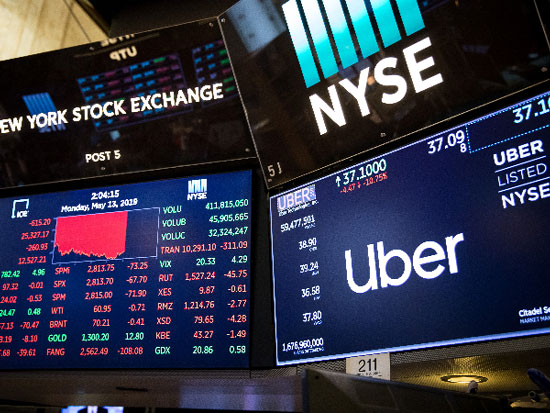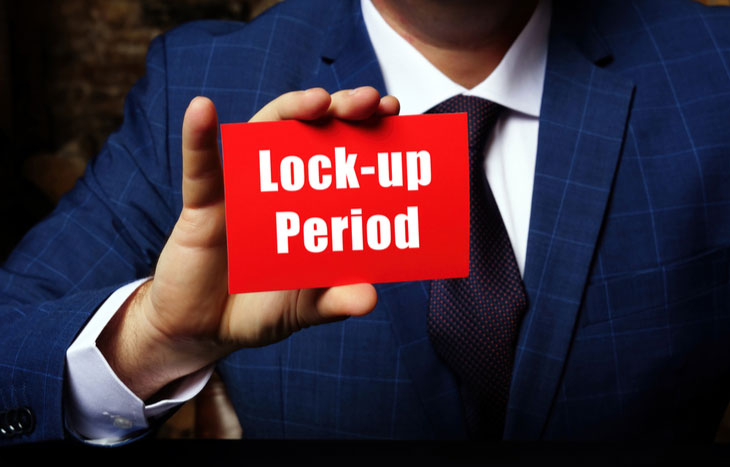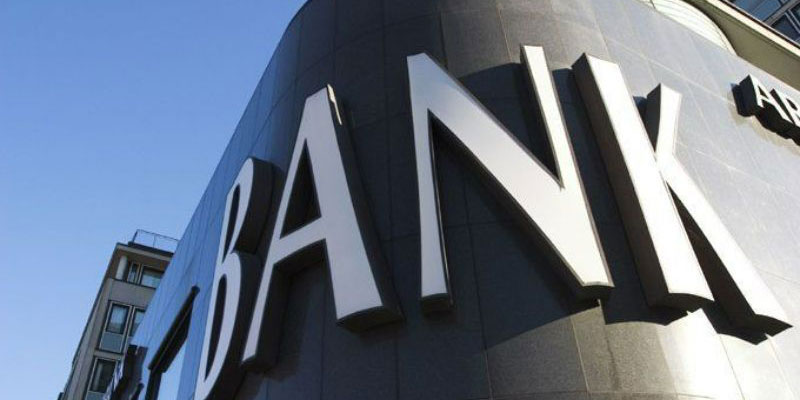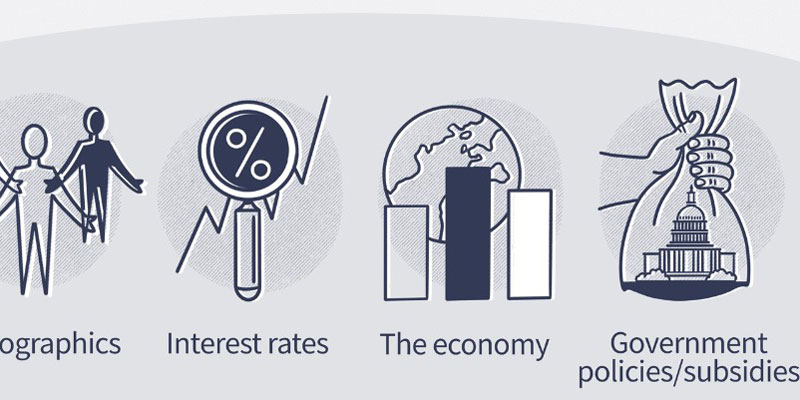A lock-up phase is a provision that outlines a time frame just after the business has gone public, during which big shareholders are not permitted to sell their shares. This period is referred to as an IPO lockup period. Business executives and new investors are prohibited from selling their assets during the lock-up period that precedes an initial public offering (IPO), which helps to maintain an efficient IPO and prevents a flood of more shares from entering the market.
The time spent behind bars ranges from ninety to one hundred eighty days. Most trading limitations are lifted as soon as the lock-up period concludes.
Understanding IPO Lock-Ups
An IPO Lock-Up is designed to stop investors from overloading the marketplace with an excessive amount of a firm's average offering. Only twenty percent of a firm's remaining shares are made available to the general public when the company first goes public. A single significant shareholder seeking to dump all of their interests within the first trade may drive the share price down, harming everyone as investors. The actual data shows that once the lock-up period is over; stock prices will face a permanent reduction of between one percent to three percent. The audience can learn more about an industry's lock-up term(s) in the firm's S-1 sec filing; any modifications to the lock-up duration will be announced in future S-1A filings (s).
It should be noted that lock-up durations are not imposed by the US, SEC, or supervisory authorities. Instead, IPO Lock-Up durations are either voluntarily enforced by the firm making it public or mandated by the financial institution financing the application for an IPO. In either scenario, the end aim is identical: maintaining skyrocketing stock values after a publicly traded business.
Value of Being Confined for a Certain Amount of Time
Lock-up timeframes for initial public offerings (IPOs) make it possible for freshly issued shares to stabilize before insiders can sell any of their shares. During this cooling-off phase, the market will be able to value the stocks in the context of the natural market forces. Although early liquidity might not be very high, it will almost certainly improve with time due to the formation of a narrow trading band.
Contracting parties may continue buying during the clamp phase, providing consistency and transparency. The lock-up period permits the publishing of up to two successive earnings reports, which provides investors with additional information on the company's activities and the prognosis for those activities.
Lock-Up Time Limit Has Passed
Traders sometimes expect a price decline as the date of the lock-expiration up's draws closer since this will result in an increased quantity of shares being made accessible to the marketplace. A spike in short positions can occur when investors anticipate a price decline, which causes speculators to deleverage shares up to the termination date. Investors worried about the forthcoming lock-up expiry may attempt to sleeve or offset their lengthy holdings using options to reduce the risk associated with the deadline.
Even if equities have a propensity to drop in price just before a lock-up period ends, this does not always mean that the selling pressure will continue. When the sell-off leading up to expiry is too severe, it can frequently result in a market correction on maturity day. This occurs when short-sellers attempt to hedge their positions to secure gains or reduce losses.
When a transaction becomes overly crowded and margin interest becomes excessive, a situation known as a short squeeze frequently occurs. The day before its initial lock-up deadline on July 28, 2015, the stocks of Shake Inc. sparked a selloff, which resulted in a rocketing of the stock price by more than 30 percent in a little under two weeks. When it came time to acquire securities to sell, the excess interest rate had climbed to more than 100 percent.
Should We Sell the Shares Purchased on Initial Days of Listing for an IPO on the Same Day?

Yes, in most cases. Suppose you are a shareholder who purchases shares on the day of the initial public offering (IPO) on the international market. In that case, you can purchase and execute trades whenever you choose. On the other hand, if you took part in the initial public offering (IPO) process and got shares at the Original cost before the start of the exchange, then the shares you acquired would've been entitled to a lock-up time.
Why does the end of the lock-up period result in a drop in the price of the stock?
Once the lock-up period ends, corporate employees and major shareholders will be permitted the first opportunity to sell their shares on the open market. The sale of their property would result in several of these purchasers receiving their initial big gains in monetary form. As a result of the deluge of shares that are being released onto the market, there is a possibility that supply may be higher than desired when the lock-up phase comes to an end, which will result in a price decrease. In contrast, many now anticipate that it will occur and will try to which was before it by offering their products.
Do SPACs Include Lock-Up Periods?

SPACs are a type of private equity corporate that consider merger and acquisition targets employing money collected during an initial public offering (IPO), even though equity holders frequently do not understand what that aim might be. Another name for these businesses is special purpose procurement enterprises. SPACs typically have confinement durations ranging from six months to a year or prolonged.
Conclusion
An initial public offering (IPO) lock-up is several weeks, often between 90 and 180 days following an IPO, throughout which firm insiders are prohibited from selling their stock. However, members of a firm, such as its creators, shareholders, executives, and workers, are generally subject to lock-up durations. However, initial investors, such as investment firms, may be subject to lock-up time frames. Also, an IPO must include a lock-up period to prevent executives from flooding the market with significant shares as soon as the company goes public. This would have the potential to bring the value of the stock down initially.



